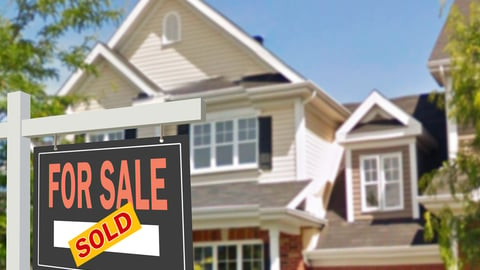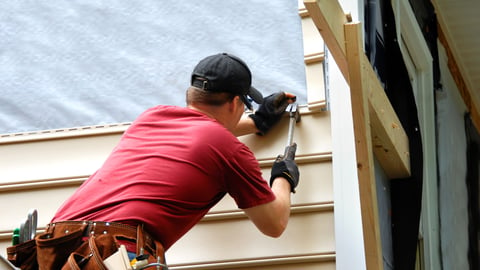Builder confidence moves up in December
Home builder sentiment moved forward in December while putting an end to four-straight months of decline.
According to the National Association of Home Builders (NAHB), falling mortgage rates is the catalyst behind the increase in builder confidence and a signal of improved housing conditions.
Builder confidence in the market for newly-built single-family homes climbed 3 points to 37 in December, according to the latest National Association of Home Builders (NAHB)/Wells Fargo Housing Market Index (HMI) released this morning.
Although this is an improvement from the prior month, builder confidence remains well below the benchmark HMI reading of 50.
“With mortgage rates down roughly 50 basis points over the past month, builders are reporting an uptick in traffic as some prospective buyers who previously felt priced out of the market are taking a second look,” said NAHB Chairman Alicia Huey, a custom home builder and developer from Birmingham, Ala. “With the nation facing a considerable housing shortage, boosting new home production is the best way to ease the affordability crisis, expand housing inventory and lower inflation.”
The HMI index gauging traffic of prospective buyers in December rose three points to 24, the component measuring sales expectations in the next 6 months increased points to 45, and the component charting current sales condition held steady at 40.
“The housing market appears to have passed peak mortgage rates for this cycle, and this should help to spur home buyer demand in the coming months, with the HMI component measuring future sales expectations up 6 points in December,” said NAHB Chief Economist Robert Dietz.
Dietz added that the recent pessimism in builder confidence this fall has been somewhat counter to gains for the pace of single-family permits and starts during this time frame.
“Our statistical analysis indicates that temporary and outsized differences between builder sentiment and starts occur after short-term interest rates rise dramatically, increasing the cost of land development and builder loans used by private builders,” Dietz said. “In turn, higher financing costs for home builders and land developers add another headwind for housing supply in a market low on resale inventory.”
The economist also said that while the Federal Reserve is fighting inflation, state and local policymakers could also help by reducing the regulatory burdens on the cost of land development and home building, thereby allowing a more attainable housing supply to the market.
“Looking forward, as rates moderate, this temporary difference between sentiment and construction activity will decline,” Dietz said.
But with mortgage rates still running above 7% throughout November, per Freddie Mac data, many builders continue to reduce home prices to boost sales, according to the NAHB.
In December, 36% of builders reported cutting home prices, tying the previous month’s high point for 2023. The average price reduction in December remained at 6%, unchanged from the previous month. Meanwhile, 60% of builders provided sales incentives of all forms in December, the same as in November but down slightly from 62% in October.
The NAHB/Wells Fargo HMI gauges builder perceptions of current single-family home sales and sales expectations for the next six months as “good,” “fair” or “poor.” The survey also asks builders to rate the traffic of prospective buyers as “high to very high,” “average” or “low to very low.” Scores for each component are then used to calculate a seasonally adjusted index where any number over 50 indicates that more builders view conditions as good than poor.
Looking at the three-month moving averages for regional HMI scores, the Northeast increased two points to 51, the Midwest fell one point to 34, the South dropped three points to 39 and the West posted a four-point decline to 31.
The latest housing starts and permit data will be released on Dec. 19 by the U.S. Census Bureau and the U.S. Department of Housing and Urban Development.






